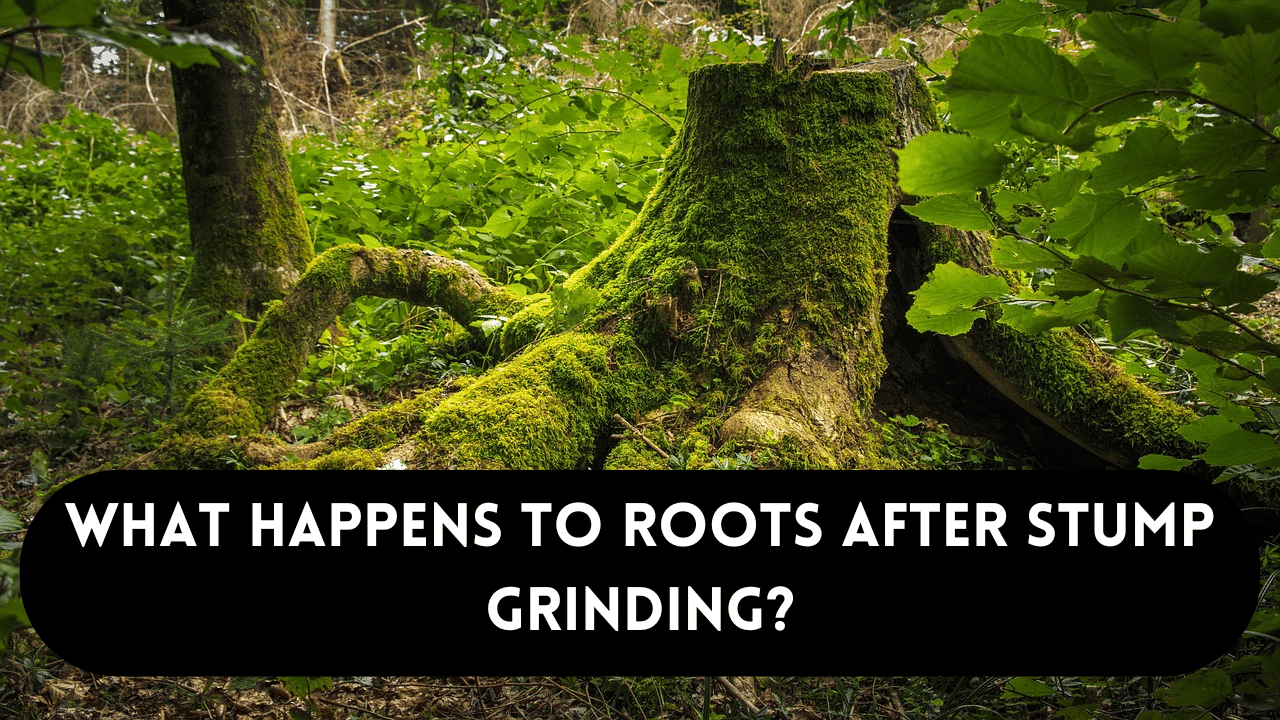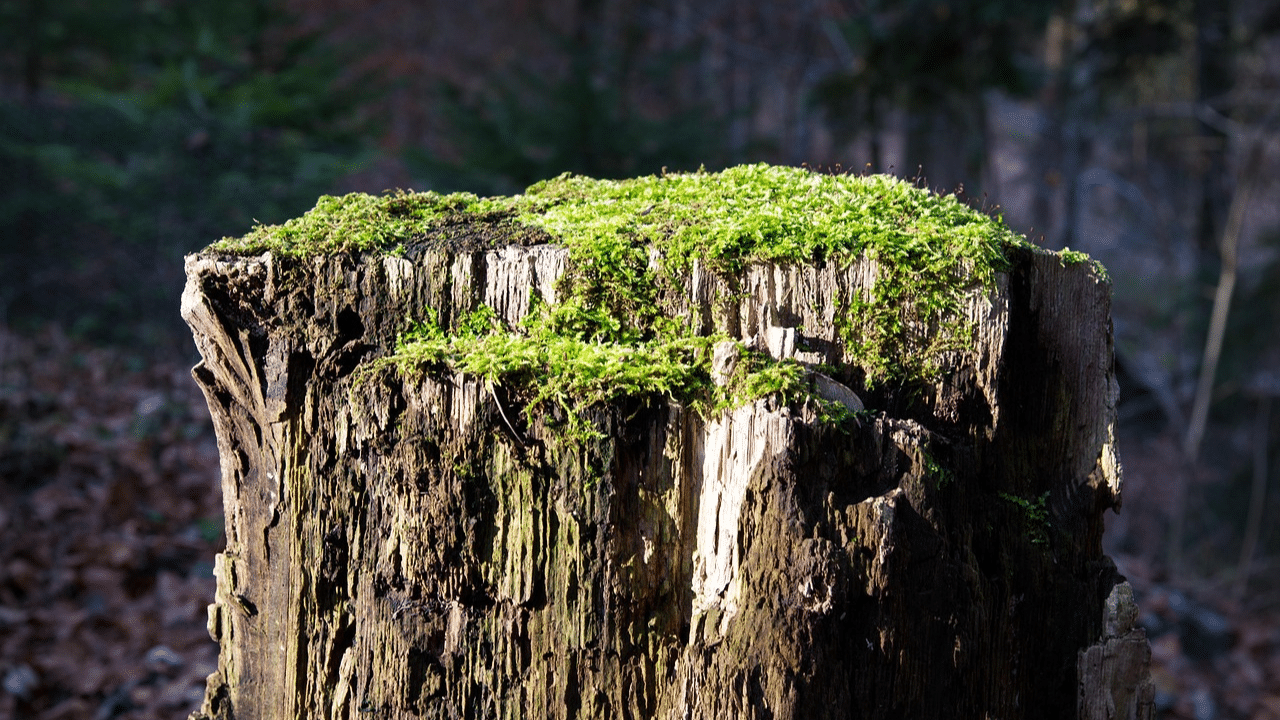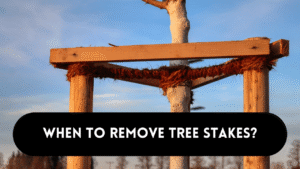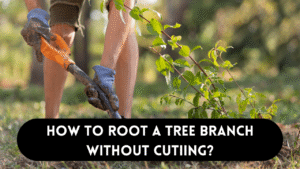Ever wonder what happens to roots after stump grinding? This is a question you’ll frequently hear after having a tree stump removed from your yard. Stump grinding is a popular technique for removing ugly stumps, but what really occurs to roots after stump grinding?
Selecting stump grinding entails removing the tree stump’s visible portion. The stump is transformed into mulch and wood chips as the grinding machine works its magic. It’s a satisfying sight to see that stubborn stump vanish, but what about the roots?
The Tree Roots’ End
Tree roots, those vast networks hidden under the earth’s surface, do not just vanish after stump grinding. The roots after stump grinding continue to go under the surface in quest of food and water in the ground. After the conspicuous stump is cut out, the roots remain, at least initially.
After the stump is ground, the roots are let to decompose naturally. Fungi and bacteria slowly break down the remaining root system to produce organic matter that enriches the soil. The process disturbs your yard’s surroundings to the least degree possible because it is methodical but efficient.
Breakdown and Soil Improvement After Stump Grinding
Decomposition and soil enrichment are important factors after stump grinding, particularly for the fate of tree roots after stump grinding.
The roots that are still below earth begin to deteriorate gradually after the stump is crushed down. The root material is broken down in this process by various fungi and bacteria that live in the soil. As the roots break down, organic materials and essential nutrients are released into the surrounding soil.
What Happens to Roots After Stump Grinding
- Decomposing roots releases organic matter, which is an excellent source for enriching soil. It strengthens the structure of the soil, increases its ability to hold on to water, and encourages nearby plants to have access to nutrients.Furthermore, the breakdown of roots after stump grinding enhances the overall health and vitality of the soil ecosystem.
- After stump grinding, the remaining tree roots decompose and enrich the soil, acting as a natural fertilizer that feeds the soil and encourages the growth of local vegetation. The complex interrelationship between plants, roots, and the soil environment is shown by this cycle of decomposition and enrichment.
- Gaining knowledge about the importance of soil enrichment and decomposition after stump grinding will help you understand the larger ecological processes operating in your area. It emphasizes how important tree roots are to maintaining ecosystem health and soil fertility long after the trees’ outward manifestations have disappeared.
Possible Difficulties with Roots After Stump Grinding
- Although stump grinding is an efficient way to get rid of a tree’s visible vestiges, property owners may still have to deal with the roots.
- One of the main obstacles is that it can make future landscaping projects more difficult. Small root fragments may remain in the soil after the grinding process, which makes it challenging to plant fresh plants or carry out landscaping tasks there.
- Furthermore, the breakdown of roots can modify soil properties, resulting in variations in pH and nutrient accessibility. This could impede the establishment of intended landscaping elements or have an impact on the growth and development of new plants.
- In addition, subterranean tree root relics may present challenges for excavation or building efforts.
- Clearing or addressing them might be necessary to avoid interfering with subterranean utilities or the structural stability.
- Another concern is the length of time it takes for roots after stump grinding to fully decompose. The decomposition process can take longer than expected, which could postpone the area’s reclamation for landscaping, depending on a number of variables including tree type, soil composition, and environmental considerations.
- It will take thoughtful planning and proactive steps to address these possible obstacles. It could be necessary for property owners to employ techniques like digging out roots after stump grinding, adding organic matter to the soil, or choosing suitable plant species that can withstand the environment that stump grinding creates.
- Property owners may efficiently handle the aftermath of stump grinding and create a favorable environment for future landscaping endeavors by being aware of and prepared for these problems.
Suggestions for Subsequent Planting After Stump Grinding
After stump grinding, there are a number of crucial factors to take into account when making planting plans in order to guarantee the success of landscaping projects.
Handling Remaining Root Residue
It is essential to take care of any leftover root residue from the grinding procedure. Large roots and other debris should be removed to make room for new growth and to avoid any potential obstructions.
Soil Preparation after Stump Grinding
Restoring nutrients and enhancing soil structure can be achieved by amending the soil with organic matter, such as old manure or compost.
This promotes healthy root development and produces the ideal growing environment for recently planted vegetation.
Choosing the Right Plant
The key to a successful planting project is selecting plant species that are compatible with the local climate and soil. When choosing plants for your environment, take into account elements like soil pH, moisture content, and sunlight exposure.
Plant Spacing and Placement
Arranging plants correctly promotes healthy growth and keeps them from becoming overcrowded. To prevent competition for resources and potential problems with root encroachment, take into account the mature size of plants and their root systems.
Maintenance and Care
Newly planted vegetation needs regular maintenance and care to establish and grow. This entails providing adequate irrigation, fertilization, and pest and disease monitoring to ensure the healthful growth and development of plants.
FAQs
Firstly, what transpires following stump grinding?
The tree’s roots stay in the ground and naturally decompose following stump grinding. The roots are broken down by fungus and microorganisms over time, adding organic materials to the soil.
Will roots after stump grinding grow back?
In most cases, roots after stump grinding do not regenerate. Even if a few little root fragments might still be there, they do not regrow and instead slowly break down.
How long does it take for roots after stump grinding to decompose?
After stump grinding, the amount of time it takes for roots to break down might vary based on a number of variables, including the type of tree, the climate, and the soil. Usually, it takes a few months to a few years for roots to completely break down.
Can I replant in the area after grinding down the stump?
Indeed, you are able to replant in the same spot where the stump was. To encourage healthy plant growth, it’s critical to remove any large roots or debris and replenish the soil with organic materials.
After stump grinding, are there any obstacles to planting in the same spot?
It is feasible to plant in the same spot after stump grinding, although there may be difficulties because of things like changes in soil pH and nutrient availability brought on by decaying roots. However, these difficulties can be solved with appropriate soil preparation and upkeep.
Conclusion
Tree roots after stump grinding, end up in the natural decomposition process and become more fertile soil. Even if the stump is no longer visible, the remaining roots nevertheless contribute significantly to the environment in your yard.
You can design a vibrant landscape that highlights the wonders of nature’s cycles by being aware of the process of root decomposition and taking precautions against any obstacles that may arise. Thus, keep in mind that fresh life is already establishing itself beneath the surface of a tree stump the next time you tackle one.





